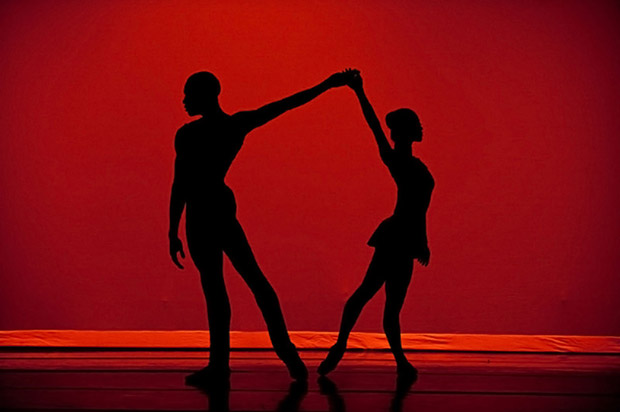
© Rachel Neville. (Click image for larger version)
Ballet Across America III
North Carolina Dance Theatre: Rhapsodic Dances
Ballet Austin: Hush
Dance Theatre of Harlem: Return
Washington, Kennedy Center Opera House
9 June 2013
www.kennedy-center.org
www.ncdance.org
www.balletaustin.org
www.dancetheatreofharlem.org
When Ballet Across America was inaugurated in 2008, it became an instant hit. In 2010, the sequel gained further acclaim. This June, in its third incarnation, this week-long event showcasing the America’s diverse and versatile ballet scene once again proved a resounding success with Washington ballet-goers and guests of the Nation’s Capital who flocked to the Kennedy Center Opera House to see an impressive variety of ballet troupes sharing the stage in three mixed-bill programs over seven performances.
There was a common thread that tied together all three ballets presented during the third and final program of Ballet Across America III. Rhapsodic Dances performed by North Carolina Dance Theatre, Hush by Ballet Austin and Return by Dance Theatre of Harlem are all relatively new works, created by choreographers who currently, in various capacities, work with the respective companies.
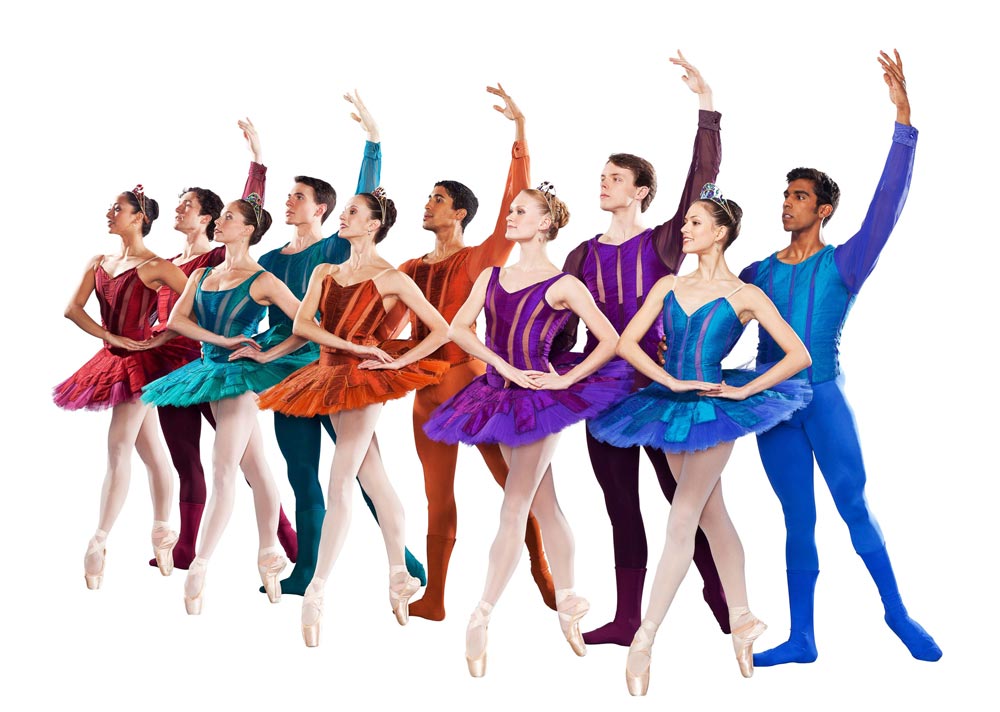
© Jeff Cravotta. (Click image for larger version)
Until recently, the Australia-born Sasha Janes was a dancer with North Carolina Dance Theatre. (In fact, he performed with the company during Ballet Across America II in a merry bluegrass romp, Shindig, choreographed by the NCDT’s artistic director, Jean-Pierre Bonnefoux.) In 2012 Janes, who decided to taper off his dancing career and concentrate on making dances, was named associate artistic director of the North Carolina troupe.
In his exhilarating and witty Rhapsodic Dances, Janes puts a playful spin on the academic vocabulary, suggesting that the classical ballet doesn’t have to be all formal and serious. On the stage, decorated with a dozen glittering chandeliers, the five couples (each pair is indentified by the color of their costumes: Crimson, Cobalt, Violet, Teal and Copper) create a world of glamour and ardor to the exuberance of Sergei Rachmaninoff’s “Rhapsody on a Theme of Paganini.” Janes uses the classical ballet idiom with fluency and eloquence, adding a humorous touch to the steps and patterns of this 25-minute tour de force. I was immediately charmed by the piece. The solos, duets and group numbers were full of sparkling energy and humor, all brilliantly attuned to Rachmaninoff’s invigorating score, reflecting the music’s vigorous harmonic and tonal variations. The wonderful NCDT cast was joyfully surfing the waves of the music, conquering Janes’ intricate steps with vigor and admirable skill. Arkadiy Figlin, who boasts numerous piano competition awards plus credit as “Piano Player” in Darren Aronofsky’s blockbuster “Black Swan,” was the impressive piano soloist with the Opera House orchestra led by Grant Cooper.
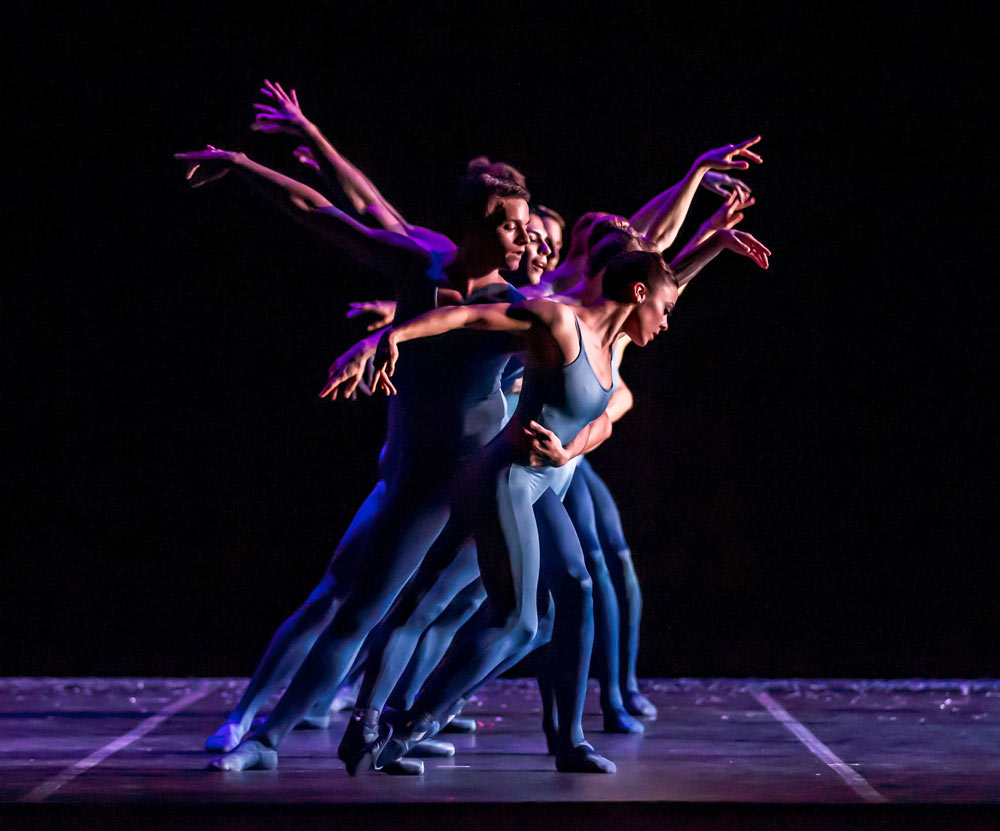
© Tony Spielberg. (Click image for larger version)
Ballet Austin continued the program with Hush, a ballet for four couples created by the company’s artistic director, Stephen Mills. This is the second dance presented at the Ballet Across America III which uses the music of American composer Philip Glass. (Edwaard Liang’s Wunderland, performed by the Washington Ballet in the second program, is set to a selection of Glass’s chamber and piano music.) This double-feature is noteworthy in its own right as it underscores the importance and popularity of this hugely prolific composer among today’s dance-makers.
In Hush the music is Glass’s “Tirol Concerto” for piano and orchestra. It’s an evocative and languid composition with repeating structure, rolling passages and wave-like impetus – all trademarks of Glass’s unmistakable musical style.
As the music flows and ripples like a cascading waterfall, the eight dancers in blue costumes (long plain dresses for the women and simple trousers for the men) glide through the surges and sways of their romantic relationships. Mills’s choreography unrolls in a smooth, unhurried stream of movement and offers many effective and interesting moments, and the excellent dancers make the most out of the steps; but overall, unlike its music, the piece doesn’t have enough heart and sizzle to produce a lasting inspiration.
Dance Theatre of Harlem ended the program with a dance aptly titled Return. Indeed, it was a long-awaited return for this legendary and much-loved troupe – the first predominantly African-American classical ballet company in this country – from a nearly nine-year hiatus.
Robert Garland was a member of the Dance Theatre of Harlem during the company’s heyday from 1984 to 1997, reaching the rank of principal dancer. Now Garland is DTH’s resident choreographer. He made Return, a dance for a twelve-member ensemble, to a collection of songs by Aretha Franklin and James Brown, to commemorate the company 30th anniversary in 1999.
A fusion of classical style and urban attitude, Return is a guaranteed crowd-pleaser. The dance offers an unlikely mix of ballet and social dance, but in Garland’s capable hands it definitely works. The DTH dancers know their trade, churning up with equal skill traditional classroom steps and nightclub moves. The hip swivels give way to perfect arabesques, and so it goes.
As the soundtrack cried “Baby, Baby, Baby,” the impressively talented cast whipped the audience into a frenzy. But the best moment came at the end, when James Brown’s “Superbad” unleashed a fascinating kaleidoscope of movements – part dance, part sport – with the dancers tearing up space in a grand, ecstatic finale.






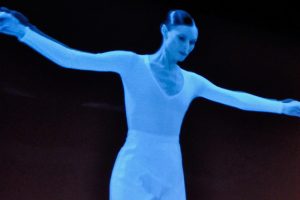

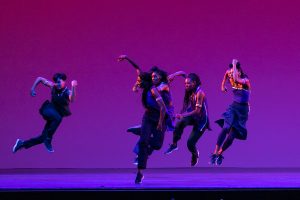
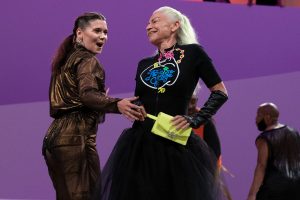
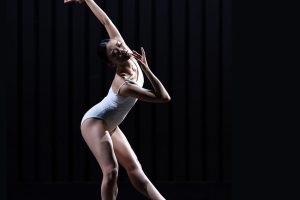





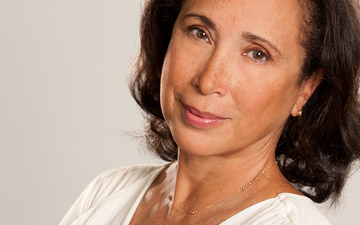
You must be logged in to post a comment.